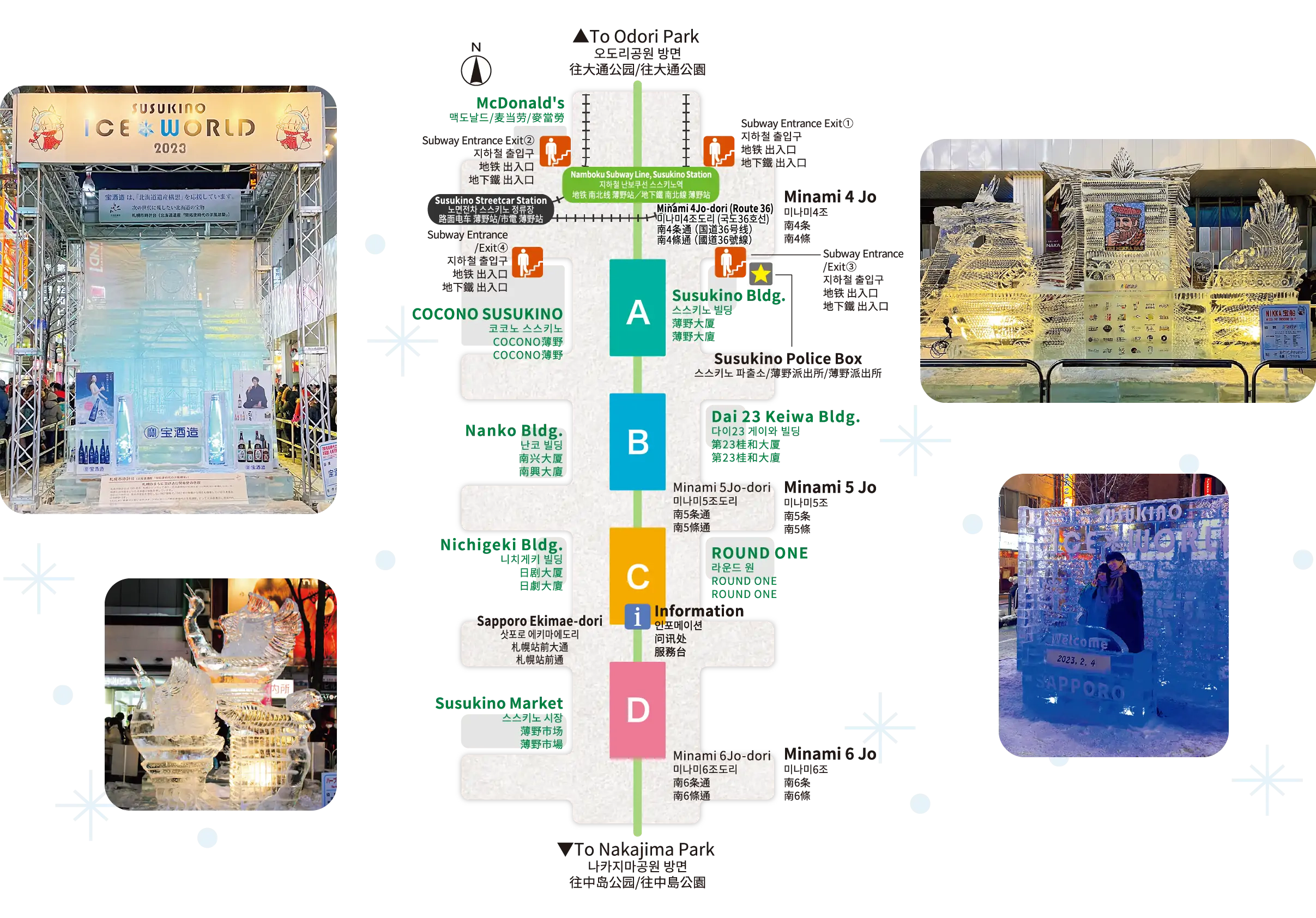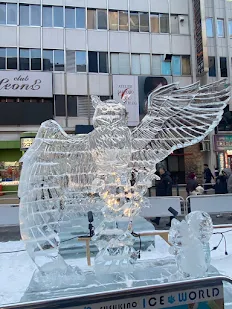Defensive Winter Cycling in Sapporo
Winter in Sapporo is harsh. It is frigid, and snow falls every day for up to four months. Sapporo is located in Hokkaido. This is Japan's coldest region, and it is extremely near to Russia. During the winter season, you may expect a lot of snow and cold weather coming from Russia.
During the peak of the winter season in Hokkaido. In some places in Hokkaido, the temperature drops to around negative 15-20 degrees Celsius. Sapporo City usually receives an annual snowfall of 697cm with a low temperature of -10.
So, if you are like me who lives in Sapporo for 3 winters and continues biking throughout the winter. You get to learn a few tricks of cycling in the snow.
In addition, you can learn about the types of snow and icy conditions in Sapporo, as well as how to ride defensively.
So, let's dive into the 7 tips for defensive cycling in winter in Sapporo.
1. Fresh snow cycling.
Personally, I enjoy cycling over fresh snow. When the snow is fresh, there is less risk of sliding. However, you must remain mindful of the surface on which you drive.
Most of the time, ice surfaces exist beneath fresh snow. Regardless of how much snow falls that day. You must use caution before biking or riding on the solid surface beneath the fresh snow.
When cycling, always pay close attention to the surfaces beneath the fresh snow. You can tell when you are cycling on an extremely icy, unstable, or uneven surface beneath the fresh snow.
It is best to get off your bike and push over these surfaces.
2. Icy surfaces cycling.
This is the most dangerous winter condition. It usually forms at night when the temperature rapidly drops. This makes the snow on the street surfaces or on the road cool down overnight rapidly and turns into ice.
The most dangerous conditions for icy cycling in the streets of Sapporo are the places where cars drive and people have to walk over continuously. The surfaces in these places were very very slippery.
If you find yourself cycling on these very very icy surfaces without a snow spike tyre.
What you should do is not apply to send brake at any bend, curve, or just on flat sources of the street.
Importantly:
Do not cycle on the road where the cars drive. It is very dangerous. Try to cycle on the footpaths and keep your wheel to where the icy surface is a little rough and has some icy spiky surfaces. This will enable traction on your wheels for firm grip.
3. Sticky snow surface cycling.
This is an intriguing and exhausting condition to ride under. This condition, in my experience, occurs after a light rain or when the daytime temperature rises slightly. For example, above 0 degrees.
When cycling on these wet and sticky snow surfaces, seek for areas where it is a little more solid.
In this situation, you can pedal on the road. It would be slightly less slippery.
However, if you ride on the sidewalk, you must use force with your paddle. Try to avoid paths with heavy snow. This thicker-wet snow will catch your tires and prevent you from moving forward.
Shift into a higher gear to go slowly and steadily forward until you find a solid surface.
4. Heavy snow cycling.
I have ridden through several strong snowstorms in Sapporo and elsewhere in Japan. During heavy snowfall. The visibility is really low. It is best not to cycle on the road where there are cars.
It is preferable to cycle on the footpath. Ride slowly and always use a cycling glass. These can tremendously assist you in staying focused on cycling and not being distracted by snowflakes striking your face and eyes as you ride through the heavy snow.
5. Muddy snow cycling.
In the situation of muddy cycling. Cycling is far easier. You will not be stuck as often. But even in muddy snowy circumstances. When cycling, try to avoid hard and slippery bumps in muddy snow pools.
When encountering icy bumps, try to go slowly and keep a good balance. When cycling, approach ice bumps head-on. Do not try to get over it from an incline.
6. Cycling on loose snow.
Loose snow surfaces occur as a result of prolonged snowfall combined with slightly warmer temperatures. As pedestrians and cars traveled across the snow.
They chopped through the snow, resulting in a large amount of loose snow. This makes the snow more free and unstable.
If you cycle in these snowy circumstances. Do not make any sudden turns. Bike straight and use a bit extra energy on your paddle.
In this condition, you are less likely to fall over or slip. However, it is essential to exercise caution when cycling.
7. Wear thick warm clothes.
The cold is one of the most challenging aspects of winter cycling. Even if it is not windy, riding a bike allows you to travel against the wind. As a result, if you do not wear thick clothing, you will become quite cold.
From my experience, your feet and hands will be extremely cold and painful. I propose that you wear heavier gloves and snow boots. This makes cycling more pleasant.
8. Buy snow bike types.
I have not utilized snow spike tires, but I recommend them in snowy weather. Snow tires provide more efficient traction.
Allowing you to accelerate and make curves with ease. However, on an icy surface, I recommend riding gently and avoiding quick twists or breaks.
Written by Joshua
The author









































